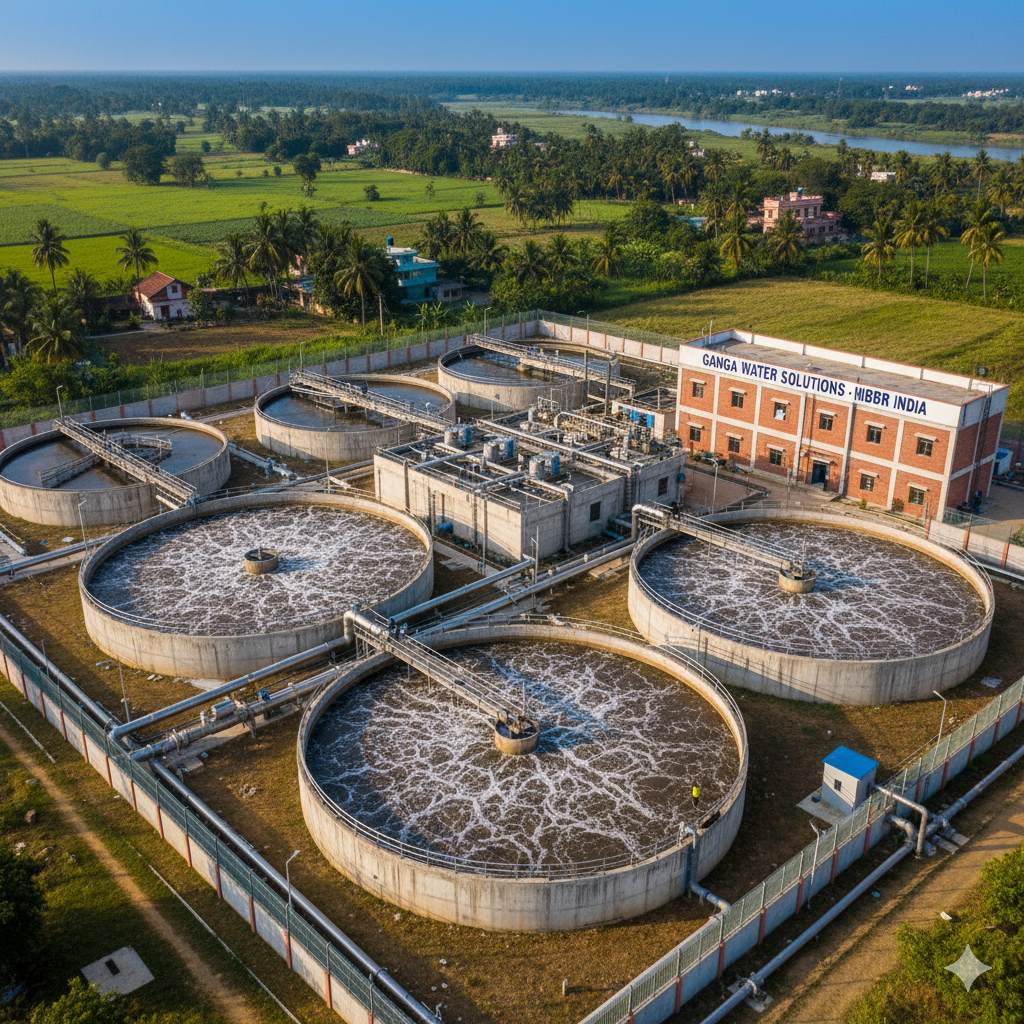Over the past two decades, we have witnessed heavy urbanization in India. This has indeed transformed our way of living, but it has also created several challenges for society. Today, we have a significant volume of urban wastewater that requires treatment for the purpose of reuse. The AMRUT 2.0 scheme that has been rolled out by the central government in the year 2021, aims to make all Indian cities self-reliant in terms of water. Many reputed wastewater treatment solutions providers are also actively involved in making this scheme a successful one and creating the perfect sewage treatment systems for all the major cities in the country. The idea of captive power generation also adds value to the functioning of a WWTP, making it energy independent. Sewage and wastewater treatment methods by means of captive power generation can significantly help in achieving circular economy strategies.
Urban Wastewater and Sewage Treatment
Sewage treatment has become a major problem in the developing cities of the country. Urbanization has indeed taken place, but in the process, there has also been negligence towards a number of aspects. For many years, untreated wastewater from different factories has been directly discharged into rivers, and so has been the sewage water of many cities. This phenomenon has caused a lot of water pollution that has ultimately impacted human lives. This is the reason why many popular water recycling companies in India have come forward with advanced technologies and systems to provide accurate sewage and wastewater treatment to all the sectors in need. The central government has launched initiatives to create a balance between the installed and required water treatment capacity.
Benefits of Captive Power Generation
It is one of the advanced technologies that have been created for providing a source of energy to a WWTP. We are aware of the fact that an average wastewater treatment plant can consume a considerable amount of energy to function. In this regard, the anaerobic digestion of biogas can provide it with the required amount of power through the conversion of organic waste to renewable energy. This creates a personalized power system for a WWTP, and nowadays, we can see that it has also become a part of wastewater treatment solutions. A striking advantage that can be achieved from captive power generation is that any surplus energy that is produced is exported to local power grids, thus creating a low-carbon energy supply.
Increased Resource Efficiency
By combining wastewater treatment technologies with captive power generation, a number of environmental as well as economic benefits can be achieved. These benefits are directly aligned with the circular economy goals. Firstly, using recycling and reusing wastewater for domestic and industrial purposes decreases our dependence on freshwater sources. The usage of captive power generation technology eliminates a WWTP’s dependence on energy supply and enables it to recycle wastewater by the use of renewable energy. In many drought-prone regions of the country, the usage of these processes has immensely helped people conserve water and use it when necessary.
In Conclusion
From the above discussion, it is easy to understand how wastewater and sewage treatment using captive power generation can help us achieve circular economy goals. Last but not least, the creation of a renewable energy supply by one of the good water recycling companies in India for a WWTP can reduce a factory’s net energy requirements and consequently its carbon footprint. Considering the rate of urbanization and industrialization in the country, it can be expected that these circular economy strategies will become more important than they are now in the coming years.





Comments